Love, Sex, Money & Murder
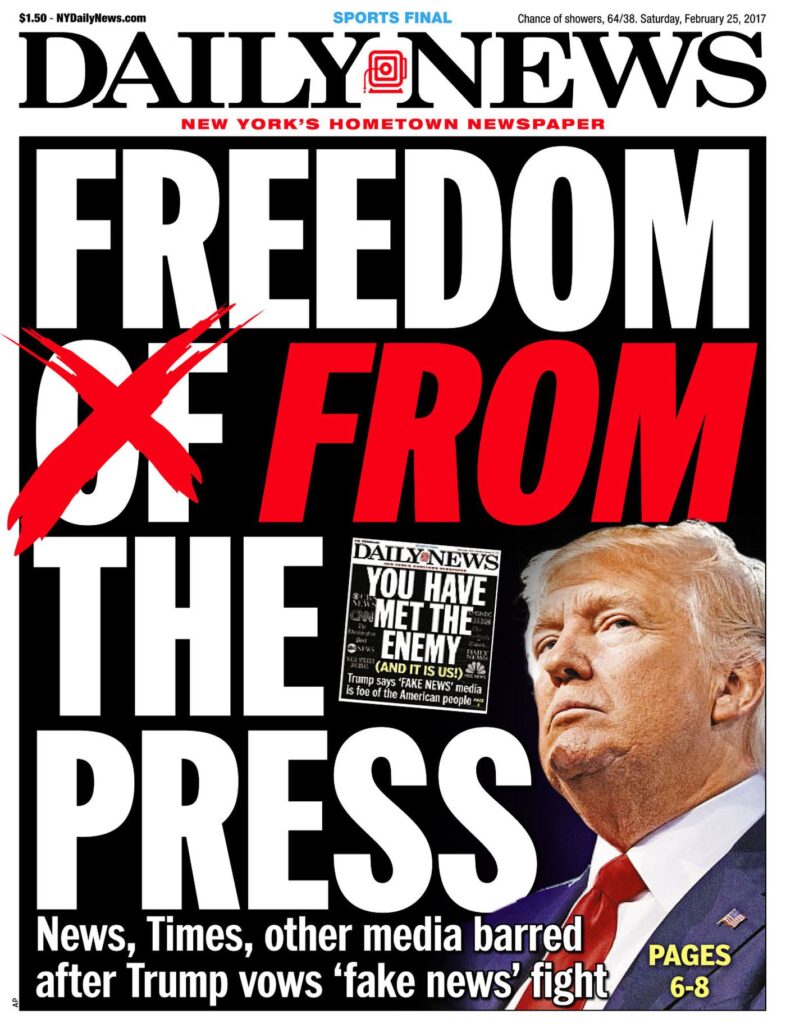

By Megan McKinney
The New York Daily News, America’s first tabloid and, arguably, the most successful newspaper in the nation’s history was originated by Joe Patterson of the Chicago Tribune family.
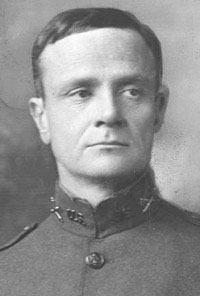
Captain Joseph Medill Patterson, creator of the New York Daily News.
The Daily News story began on the evening of July 20, 1918, in the battle-weary French countryside, when a pair of cousins—co-editors of the Chicago Tribune—took a break from fighting in World War I. During one of the most pivotal nights of both of their lives, Captain Joseph Medill Patterson and the soon-to-be Colonel Robert R. McCormick were stars in an unlikely but true drama.
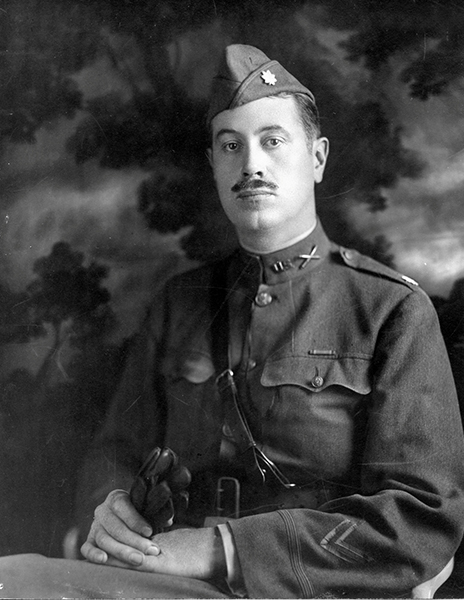 Robert R. McCormick, shortly before acquiring the title he would retain for the remainder of his life.
Robert R. McCormick, shortly before acquiring the title he would retain for the remainder of his life.
The evening’s scenario had all the elements of a 1930’s Great War film: a pair of rich, famous first cousins suddenly together for one evening during a pause in battle; a picturesque farm in France, artillery fire in the background, a shared bottle of Scotch, and seats made of straw—with a cameo played by the future World War II Supreme Allied Commander of the Southwest Pacific theater.

The young MacArthur in his West Point uniform
McCormick, on his way home to organize troops for a new offensive, had detoured to visit Patterson, who was stationed at the French village of Mareuil-en-Dôle—first stopping to borrow a helmet and gas mask from an American officer named Douglas MacArthur.
The cousins met in a farmhouse near the Ourcq River where they began conversing but, because of noise within the field headquarters, exited through a French window and continued their conversation seated on what later McCormick would theatrically claim was a manure pile. They passed a bottle of Scotch back and forth, watching the flashing of distant gunfire, while Joe disclosed his dream of starting a New York picture paper within the Tribune empire.
Patterson had been in Paris in 1914 with Tribune political cartoonist John T. McCutcheon, who showed him a revolutionary new form of journalism, a half-size, highly pictorial daily newspaper.
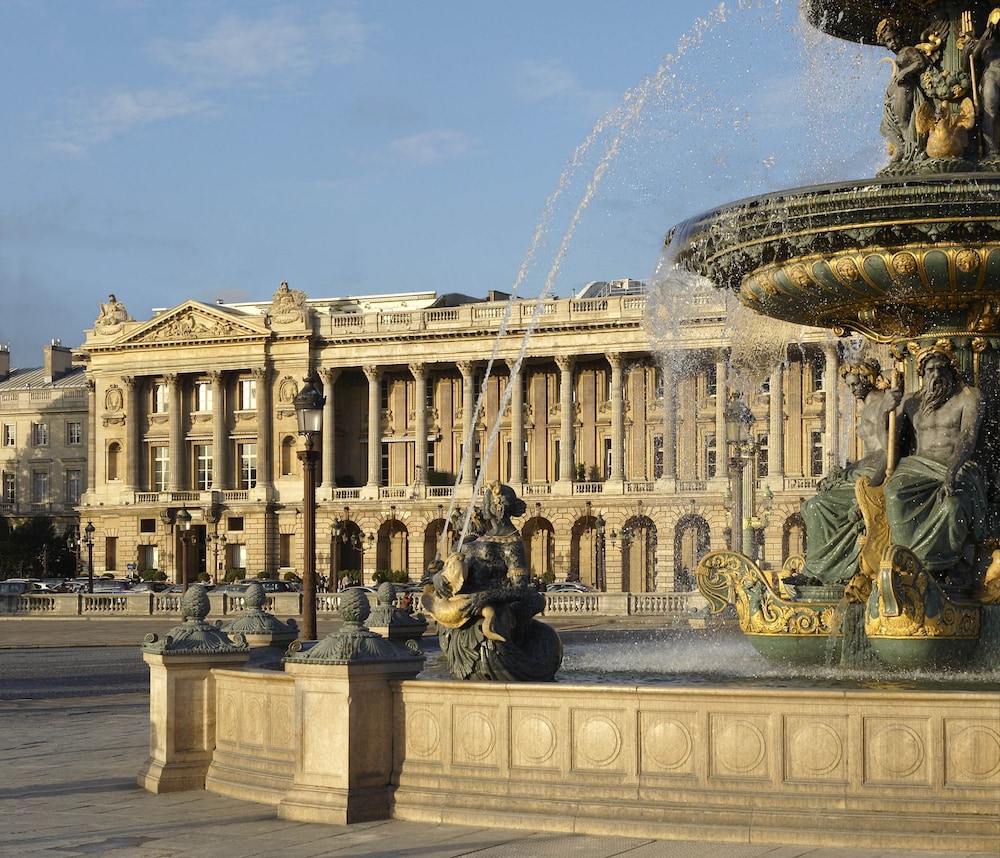
Hôtel de Crillon.
“In Paris we stayed together at the Crillon for several months,” remembered McCutcheon in his delightful memoir, Drawing From Memory. “This was before the air raids, and before Big Bertha, the 75-mile gun. Every day I used to bring back to our room a copy of the London Mirror, in which lively tabloid Haselden’s cartoons were then appearing.”
Joe became caught up in the innovative British newspaper and the concept stayed with him as a journalistic format that might be successful in New York; he even traveled to England on furlough to visit London Daily Mirror founder Lord Northcliffe, who agreed that New York was ripe for a paper similar to his 800,000-circulation tabloid. He told Joe, “New York’s got to have a tabloid. If the rest of you don’t see the light soon, I’ll start one myself.” Northcliffe also advised him to keep the paper “simple and bright enough for the masses to understand and enjoy,” words Joe never forgot.

Lord Northcliffe, who—for better or worse—revolutionized English journalism.
The paper Patterson envisioned would combine the characteristics of a newspaper with those of a magazine; he saw its content as one-half photographs, one-quarter features, and the rest authentic breaking news—but news conveyed in a manner that every subway rider and day laborer could easily digest. The language would be simple and sentences short, but lively and sprinkled with humor.
The cousins had discussed acquiring a New York paper in the past, and four years earlier McCormick had traveled to Newport to meet with New York Herald owner James Gordon Bennett Jr. to discuss the purchase of his paper, but the war had intervened.

New York Herald owner James Gordon Bennett Jr.
Although McCormick and Patterson continued to have mutual respect, their political philosophies were creating increasing divisiveness as co-editors of the Tribune, and an added paper would allow the cousins to operate separately. The clincher was the excess cash available in the Tribune coffers, money otherwise destined to go for taxes. McCormick agreed to the investment on the spot. Thus, seated together on the apocryphal dung heap in rural France, the future owners of the phenomenally lucrative New York Daily News raised their shared Scotch bottle and drank to the venture’s success.
McCormick began work on the venture almost immediately. Approaching the Tribune board for seed money, he asked for installments in $20,000 increments not to be repaid until the paper was profitable, possibly in three to four years. At the February meeting, the directors authorized preparations to begin for the new publication, either with the purchase of an existing New York paper or through the off-hours use of an evening newspaper’s plant.
The following month, the choice of Arthur L. Clarke as the projected tabloid’s managing director was approved. Clarke, then city editor of the New York Evening World, was a seasoned newspaperman who had worked with papers in San Francisco and Chicago, including serving as Tribune day editor under Robert Patterson. The fit was perfect; Clarke was also convinced of the possibilities for a New York tabloid, so much so that he had been seeking backing from J.P. Morgan to launch one himself.
It was quickly determined that no New York paper was available for acquisition, but the Evening Mail might lease its presses and composing facilities at 25 City Hall Place, as well as provide personnel to operate them.

Northcliffe’s Daily Mirror was the model Arthur Clarke and his tiny editorial staff followed to create the new paper.
Clarke and an editorial staff of three began developing a mockup in the Tribune’s Park Avenue advertising office. With the enterprise of journalism students designing a new college weekly, they annexed an old leather sofa as a work table and—using Northcliffe’s Daily Mirror as a guide—created a dummy from Underwood & Underwood news bureau photography, wire service stories, and cartoons, comics and articles borrowed from the Tribune. Always hovering over the New Yorkers was the unseen presence of Joe Patterson, who remained in Chicago but devoted half his time and energy to the News. Patterson’s instructions were to concentrate on the three subjects he considered of most interest to readers: Love/Sex, Money and Murder—in that order. A fourth was Health, which he felt was connected with the first. It was Joe’s basic recipe for success, and, along with provocative photography and catchy copy, it would be the enduring Patterson formula.

First edition of the Illustrated Daily News, soon to be renamed New York Daily News.
After several weeks of tweaking, Joe and his New York staff came up with a format in which page one would be dominated by a single scrollwork-framed photo surrounded with further flourishes. The design for the premiere issue, planned for publication during the last week of June, would be the prototype they would follow. Its focus was Edward Prince of Wales, scheduled to visit New York later in the summer, with his royal presence dominating the first page. The glamorous pre-Wallis Simpson prince, a favorite of New York shop girls, was shown on horseback in a stock photo, and the only other pictorial element on the first page was an inset of Edward lighting a cigarette. The headline, “GERMANS BLOCK SIGNING OF TREATY,” running across the top of the page under the logo, was followed by the subhead “Newport to Entertain Prince of Wales in August.” A small photo caption in the lower right corner completed the page. It is a layout that today looks hopelessly dated, but nevertheless intriguing.
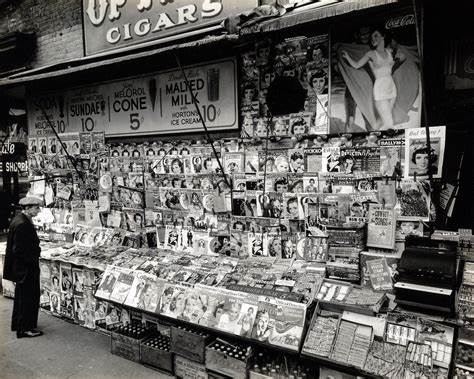
One of New York’s ubiquitous newsstands.
During the night of June 25, 1919, 150,000 copies of the inaugural issue of the Illustrated Daily News rolled off the Mail presses and early in the morning of the 26th they were delivered to newsstands throughout the city. The paper was a curiosity; it was peculiar looking but had the appeal of novelty, and the run of 150,000 copies sold out within hours. On the third day, only 100,000 sold, then fewer than 50,000, sinking by August to under 27,000 and, on one August day, 11,000. The News was doing so poorly that press lords who had been considering a New York tabloid—including William Randolph Hearst and Bernarr Macfadden—dropped the thought, and the enterprise was such a disaster the reportorial staff of four was slashed to two. It was a wretched disappointment for Joe and even he was ready to abandon the project, but Arthur Clarke was still optimistic. “Remember,” he wrote Patterson, “we are new in a hostile field, that we are trampling on all the newspaper traditions and that we have got to educate the public.” Joe bounced back, responding to Arthur’s confidence by ordering the paper increased in size from the original 16 pages to 20. Clarke followed by introducing a new format in which the back page was dedicated to sports photos and news.
From the beginning, both Patterson and Clarke had conveyed a sense of adventure to their tiny staff, which took it up with vigor. It was uncharted territory they were traveling, venturing in new directions, and using innovative, often audacious schemes. If their colleagues didn’t see it then, they did in retrospect.
Two decades later, The New Yorker reported, “In its early days the staff worked with a rip-roaring spirit and a pride of banditry that gave the tabloid’s columns a gusty flavor pleasing to the mass appetite. Reckless, rakehell lads the star staff men were…backed by an office policy of getting exclusive stories and pictures regardless of the cost of the finer ethical distinctions.”
Meanwhile, that evil genius of the circulation wars Max Annenberg (uncle of Walter Annenberg, for those who are wondering) went to work, this time through aggressive, but legal, means.
Max dumped the new publication on foreign-language newsstands—a brilliant stroke, because immigrants didn’t need to read English to understand its saucy pictures. And he focused on distribution to subway riders who appreciated crime and sex stories.

A grim Joe Patterson would soon be smiling.
By September, sales were up to 30,000 and they began rising by 10,000 a month. Perhaps it was the annual New York swing into the pace of autumn, or possibly readers sensed the paper was capturing the new post-war rhythm beginning to pulsate throughout the nation. In any case, the News was moving. Joe was now certain the paper would survive, and in October the Tribune board agreed to continue to support the project financially—an immense relief to a jittery New York staff. Intrigued, the newspaper trade journal Editor & Publisher interviewed Arthur Clarke and printed an article about the groundbreaking new daily.
Toward the end of the year, there was a genuine breakthrough when editors created what became a citywide phenomenon, a contest in which four lines of a limerick were printed and a $100 prize offered to the reader submitting the winning fifth line. The first limerick, published during the last week in November, began,
“A princess from far off Cathay
Found a dressmaking pattern one day.
Said she, ‘If I could
Get the dress goods I would…”
“Have Cal-cutta dress right away”—was the triumphant punch line to the first segment of this new sensation.
Not only did the limerick contest become a fad that swept the subway crowd, but it also traveled up Park Avenue during December and throughout the winter, with hostesses using the contest to enliven dinner parties. This may be when the alibi “the cook brings it in” began, but, increasingly, affluent New Yorkers seemed to be thoroughly acquainted with the paper, though they professed not to buy it themselves.
The limerick contest created a turning point for the Daily News. And Joe Patterson was moving into this next phase of his phenomenal career with the creation of a new kind of newspaper for the fast-moving post-World War I era roaring through America. His innovation was a publication as dynamic as the times it reflected, one which would become the most successful newspaper in the nation’s history.
.
Author Photo:
Robert F. Carl







